The German language, or Deutsch, is the official language of Germany and Austria. It is also one of the co-official languages of Switzerland. To date, there are approximately 140 million people across Europe and around the world who speak the language.
Aside from Germany, Austria, and Switzerland, German is also spoken in Luxembourg, Liechtenstein, and parts of Northern Italy, Eastern France, and Belgium, to name a few.
German belongs to the West Germanic group of the Indo-European language family. As such, it has similarities to the other languages belonging to that language branch, including English, Dutch, Afrikaans, Frisian, Low German (Low Saxon), Yiddish, Scots, and Luxembourgish.
Writing System and Pronunciation
For German language learners, learning the German alphabet and pronunciation should be at the top of your list. The German alphabet has an additional four letters (ä, ö, ü, and ß) over the usual Latin alphabet, and there are also some differences in their pronunciation:
- Ä – ah umlaut
- Ö – oh umlaut
- Ü – uh umlaut
- ß – ess-tesst
In German, some letters are pronounced differently, and the overall effect of German pronunciation can seem harsh-sounding and guttural. However, German is considered to be a more consistently phonetic language than English. A few examples:
- J – pronounced as Y
- W – pronounced as V
- V – sounds like F
- S – sounds like Z when placed at the beginning of a word and followed by a vowel
- G, Ch, and R – more guttural
It’s also important to note that, depending on the word, the pronunciation of German consonants and vowels change. To help you get a better grasp of German pronunciation, you can watch this short video here:
Grammar
The German language follows a standard subject-verb-object pattern. One thing to remember is that German nouns and pronouns are always capitalized. Nouns must also be “declined” (i.e., noun declension) to reflect their case: nominative, accusative, genitive, and dative.
Nouns/pronouns can also be masculine, feminine, or neuter, each of which is indicated by their respective articles: der, die, and das. There are also two other indefinite articles: ein and eine. Masculine nouns/pronouns usually end with -o or -er, while feminine ones usually end with -in or -ik. However, there are exceptions to this rule.
German verbs, on the other hand, can either be weak, strong, or mixed:
- Weak verbs – These are regular verbs whose stem-vowel usually doesn’t change that much when conjugated. They usually end in -te in the simple past and subjunctive, while they take -t endings in the past participle. Weak verbs also include those ending in -test, -ten, and -tet for the simple past tense. An example of a weak verb: lachen (laugh), lachte (laughed) and, gelacht (laughed).
- Strong verbs – These are irregular verbs whose stem-vowel changes when you conjugate, depending on its respective tense. The pattern can be unpredictable, so they must be learned individually. One thing to note is that all strong verbs change their ending when signifying the simple past tense, and their past participles all take the -en ending. An example of a strong verb: sprechen (speak), sprach (spoke), and gesprochen (spoken).
- Mixed verbs – These are irregular weak verbs. As such, the pattern of their conjugation is a mixture of that for weak and strong verbs. An example of a mixed verb: bringen (bring), brachte (brought), and gebracht (brought).
For your reference, here is a list of strong and irregular German verbs.
German verb endings also change, depending on the subject pronoun:
- ich (I)
- du (you, informal), sie (you, formal)
- er/sie/es (he/she/it),
- wir (we)
- ihr (you all, informal), sie (you all, formal)
- sie (they)
Dialects and Variants
The standardized variants of the German language are German, Austrian, and Swiss Standard. One thing to note is that German has a broad spectrum of dialects, each with distinct differences in their syntax, phonology, and lexicon. Most of these dialects belong to two dialectal groups:
- High German (Hochdeutsch) – Modern High German is spoken in the highlands of central and southern Austria, Germany, and Switzerland, to name a few. It’s considered the official written language used for literature, higher education, and mass media. High German dialects are further grouped into Central German, Upper German, and High Franconian.
- Low German (Plattdeutsch or Low Saxon) – This is the spoken language of the northern lowlands of Germany. Low German dialects are further grouped into Dutch Low Saxon, and West and East Low Germans.
Around the world, German dialects are also in abundance, and they resemble the regional dialects of their origin (in the case of communities or colonies founded by German speakers). Some examples include:
- Amana German – This is the dialect of West Central Germany and spoken in the Amana Colonies in Iowa.
- Brazilian German – Outside of Europe, Brazil has the largest number of German speakers, mainly in Rio Grande do Sul and in areas of Rio de Janeiro, Santa Catarina, Paraná, and Espírito Santo.
- Chilean German – The German dialect spoken in Chile is a variety of High German called Lagunen-Deutsch, which also has elements of the Spanish language. Most of the speakers of this dialect live around Lake Llanquihue.
- Venezuelan German – Alemán Coloniero is the German dialect spoken in Venezuela, particularly in Colonia Tovar. This dialect belongs to the Low Alemannic dialect group.
Another interesting fact to note is that German was once the lingua franca of many regions in the United States from the 1700s until the early 20th century; particularly in North Dakota, as well as in New York City, New Orleans, St. Louis, and Milwaukee. As such, there is an American German language variant, which is mainly derived from High German, with a mix of English loan words.
Whether you are a regular traveller, a business person/entrepreneur, or simply a language enthusiast, German is one of the most interesting languages to learn, considering its many variants and dialects. Learning the language becomes easier (and more fun) as well if you learn it with other language learners, both in formal classes and at informal language meetups.












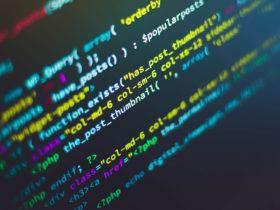


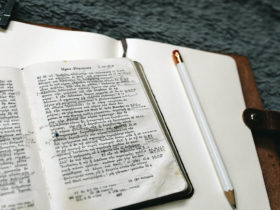
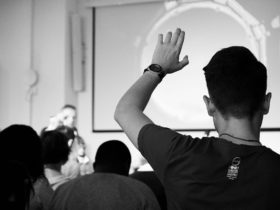



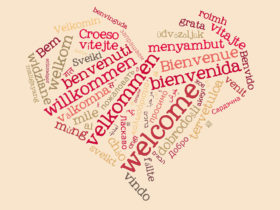



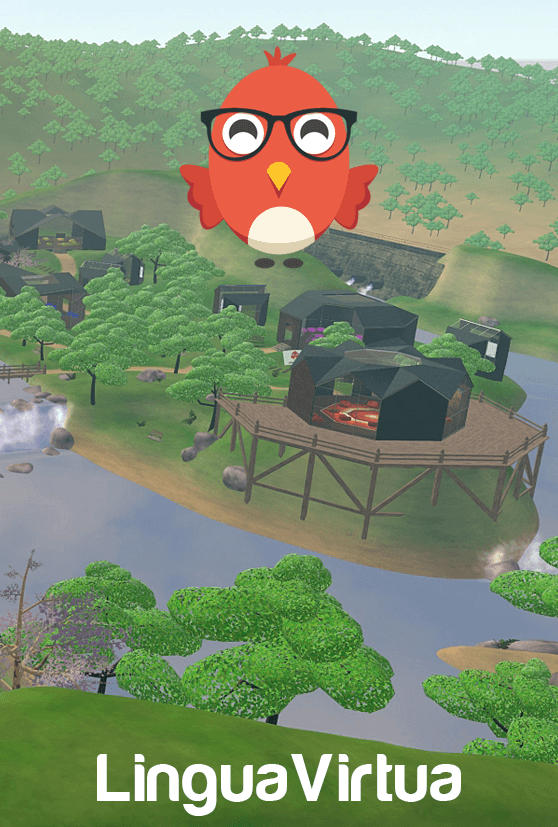

Leave a Reply